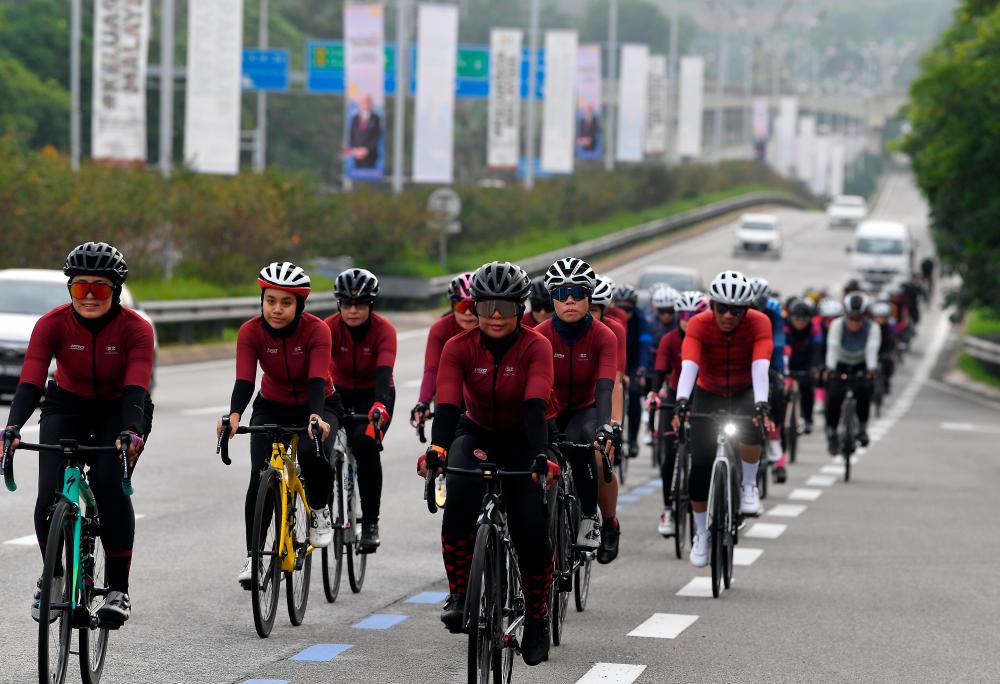PETALING JAYA: As long as bicycles comply with safety requirements, they are allowed on any road unless stated otherwise on warning signboards, said Malaysian Institute of Road Safety Research (Miros) president Prof Dr Wong Shaw Voon.
“There are no specific laws saying bicycles cannot be on the highway as long as they follow the road traffic rules. For example, Rule 35 (2) and Rule 35 (3) of the Road Traffic Rules 1959 say that bicycles must have front and rear lights installed that can be seen within a reasonable distance.
“Rule 42 (1) says that no one can ride a bicycle on the road unless it is equipped with brakes that operate separately on both tyres and have bells,” he said.
In the case of basikal lajak, enforcement is the most important thing on the subject of bicycle safety but it must be done along with education and a solutions-based approach.
“This includes acknowledging safety devices, better bicycle designs and even the road itself are important, but they need to be supplemented with education, especially creating awareness among the public, particularly students,” he said.
On whether bicycles should have specific cycling lanes, Wong said if people were not using them, they would be a waste of money.
“Unless the lanes have physical barriers that prevent other vehicles such as cars, motorcycles or lorries from entering, they would not be useful.
“However, we need to look at how many people are using bicycles for daily activities such as going to work, the market and as a means of having a healthy lifestyle. Then the government can make adjustments and design more bicycle lanes,” he said.
Cycling enthusiast Mohd Syafiq, 38, welcomed the idea of more bicycle lanes for the cycling community.
“It is important to provide safe lanes for cyclists to encourage a healthy lifestyle. This will motivate people to be more interested in cycling and use bicycles in their daily activities, such as commuting to the office and other places.”
On accidents involving bicycles that drew public ire, he said: “Only cyclists who do not adhere to road rules and traffic laws should be slammed. But so should other road users who do the same. We cannot control everyone. As for cyclists, only two out of 10 riders may misbehave on the roads.”
Syafiq said cycling in a group would rarely lead to dangerous situations as the leader would usually control the cyclists in his group.
“When we cycle in groups, we will be more visible to other road users compared with riding alone. However, cyclists often encounter dangerous situations, especially when motorists change lanes without signalling and pedestrians cross the road without looking,” he said.










